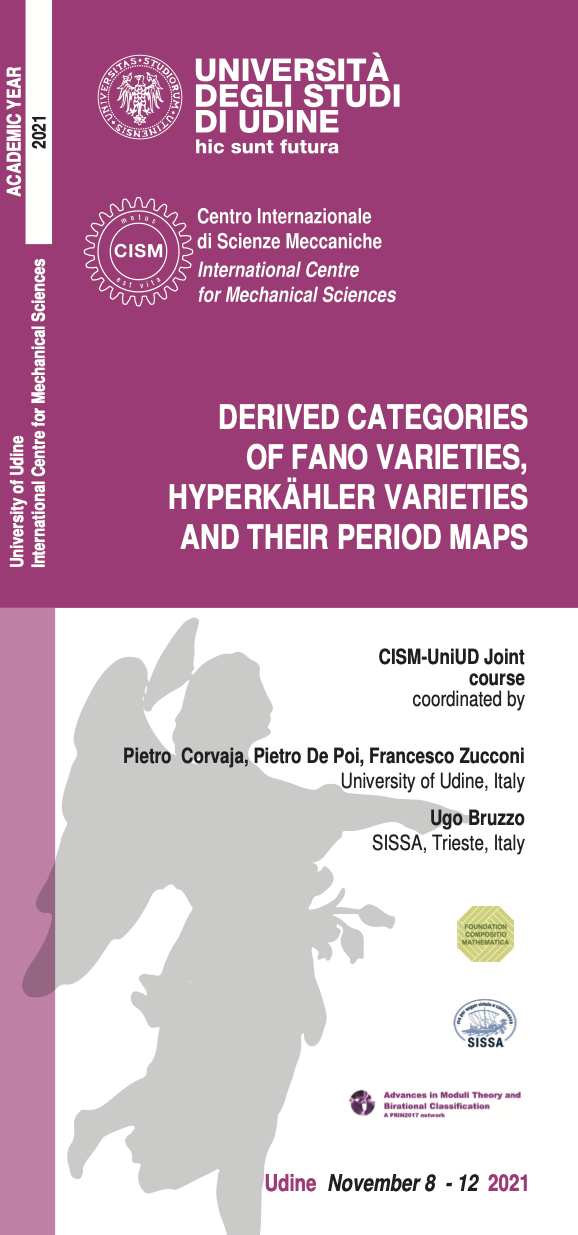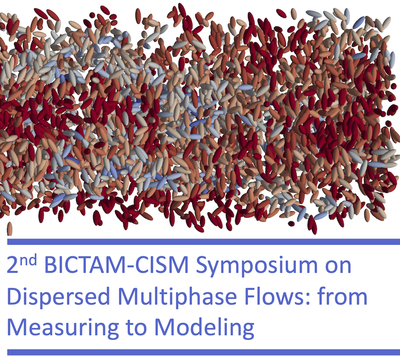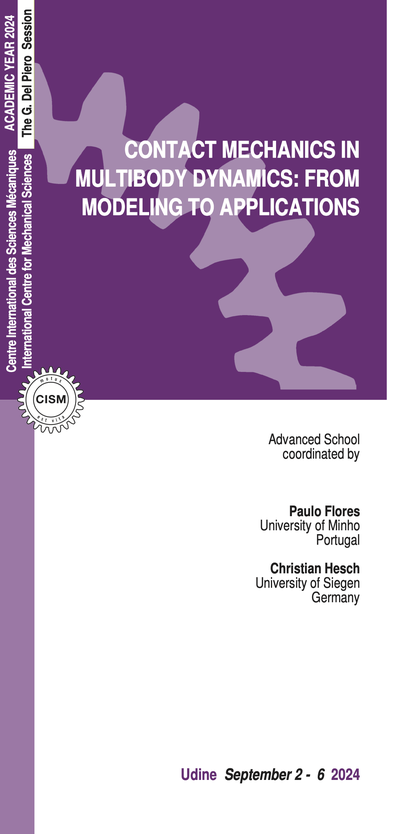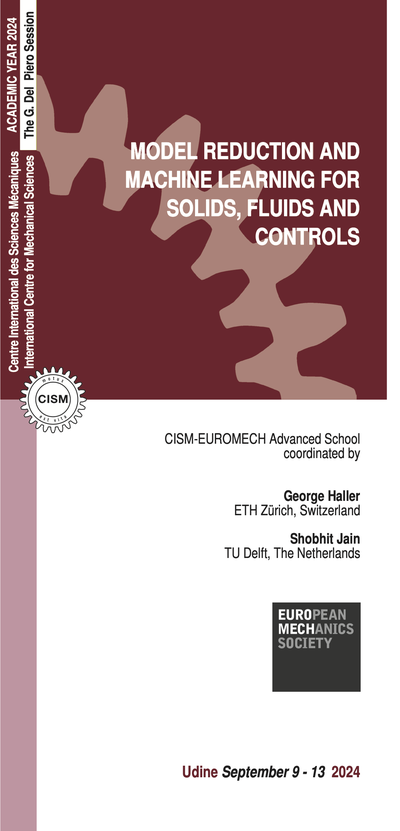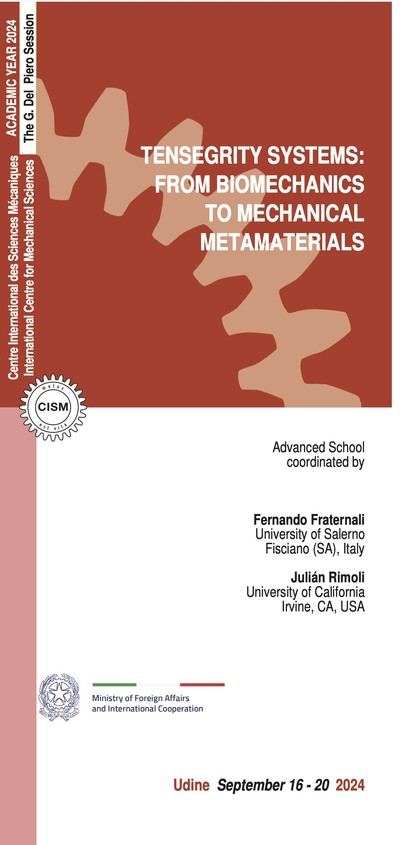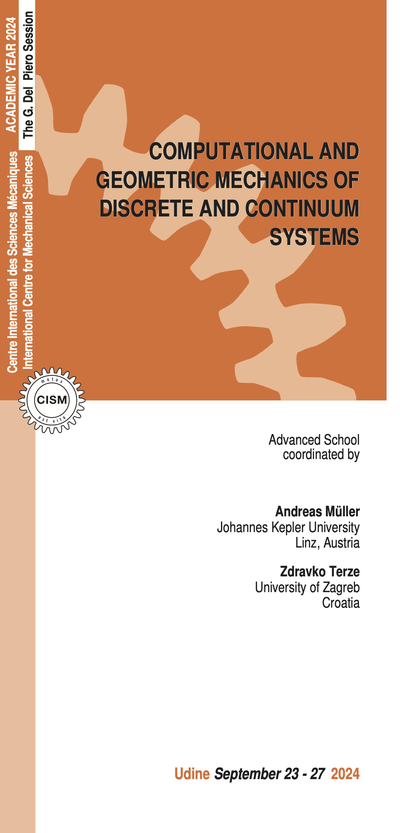The aim of this school is to introduce young researchers and PhD students to the theory of K3 surfaces, their higher- dimensional analogues, hyperkähler manifolds and the related theory of derived categories of Fano varieties. These manifolds are interesting from several points of view: dynamical (some have interesting automorphism groups), arithmetical, and geometric. It is also one of those rare cases where the Torelli theorem allows for a powerful link between the geometry of these manifolds and lattice theory. Our aim is more to provide, for specific families of hyperkähler manifolds (which are projective deformations of punctual Hilbert schemes of K3 surfaces), a panorama of results about projective embeddings, automorphisms, moduli spaces, period maps and domains, rather than a complete reference guide. Moreover, the derived category counterpart of the above theory will also be presented.
For further information about the school please refer to http://derived.dmif.uniud.it/
PROGRAMME AND LECTURERS
Olivier Debarre
assistant: Giovanni Mongardi
Fano varieties, Hyperkähler varieties, and their period maps
The period point of a smooth projective complex variety is the Hodge structure on one of its cohomology groups, considered as a point in some flag variety (called the period domain). The period map associates with the variety (seen as a point in some moduli space) its period point (seen as a point in the period domain). The period map is holomorphic but can be very complicated if the Hodge structure has many pieces, so we will stick to the simplest cases, where the period domain is algebraic and has a relatively simple structure:
Hodge structures of weight one: this is the case when the Hodge decomposition has only two pieces and defines an abelian variety. This happens for curves, for Fano threefolds, and for cubic hypersurfaces and Gushel-Mukai varieties of dimension 5. The period domain is the Siegel upper half space, a bounded symmetric domain of type III.
Hodge structures of K3 type: this is the case when the Hodge decomposition has only three pieces, two of them having dimension 1. This happens for K3 surfaces (hence the name), Hyperkähler varieties, cubic hypersurfaces and Gushel-Mukai varieties of dimension 4. The period domain is an open subset of a quadratic hypersurface, a bounded symmetric domain of type IV.
The Torelli theorem asserts that a smooth projective curve is determined by its Jacobian. This is equivalent to saying that (some form of) their period map is injective. We will study the geometrical properties of the period maps in some of the cases mentioned above: cubic hypersurfaces, Gushel-Mukai varieties, and Hyperkähler varieties. In several cases, one can associate with a Fano variety with a Hodge structure of K3 type a hyperkähler variety with isomorphic Hodge structure (same period point). We will explore some of these geometrical constructions.
Alexander Kuznetsov
assistant: Alex Perry
Derived categories of Fano varieties
The derived category of coherent sheaves is the main homological invariant of an algebraic variety. Semiorthogonal decompositions of derived categories provide in many cases (mostly for Fano varieties) unexpected relations between their geometry and that of other varieties. We will discuss some of these relations, mostly in dimensions 3 and 4. First, we will discuss Fano threefolds whose derived categories contain derived categories of curves as components. We will see the relevance of these curves for the birational geometry of these varieties (including the case of non- closed fields) and how these curves appear in the study of moduli spaces of sheaves. Second, we will discuss examples of different Fano threefolds sharing non-trivial components in their derived categories. Again, we will see how this affects the geometry of the varieties involved. Finally, we will discuss examples of varieties of dimension 4 and higher (cubic fourfolds, Gushel-Mukai fourfolds and sixfolds, Debarre-Voisin 20-folds) whose derived categories contain a non-commutative K3 surface as a component. In the case of fourfolds, the properties of these components are expected to be directly related to the birational geometry of these varieties and the existence of Hyperkähler moduli spaces of sheaves on them.
SCHEDULE
Monday, November 8
9:00 - 10:45 | Registration
11:00 - 12:30
Fano varieties, Hyperkähler varieties, and their period maps
Olivier Debarre
12:30 - 14:00 | Lunch
14:30 - 16:30
Derived categories of Fano varieties
Alexander Kuznetsov
Tuesday, November 9
9:00 - 10:30 Fano varieties, Hyperkähler varieties, and their period maps
Olivier Debarre
10:30 - 11:00 | Coffee break
11:00 - 12:30
Derived categories of Fano varieties
Alexander Kuznetsov
12:30 - 15:00 | Lunch
15:00 - 16:30
Exercise class by Giovanni Mongardi
16:30 - 17:00 | Coffee break
17:00 - 18:30
Exercise class by Alex Perry
Wednesday, November 10
9:00 - 10:30 Fano varieties, Hyperkähler varieties, and their period maps
Olivier Debarre
10:30 - 11:00 | Coffee break
11:00 - 12:30
Derived categories of Fano varieties
Alexander Kuznetsov
12:30 - 15:00 | Lunch
15:00 - 16:30
Exercise class by Giovanni Mongardi
16:30 - 17:00 | Coffee break
17:00 - 18:30 Exercise class by Alex Perry
20:00 - 21:30 | Social Dinner
Thursday, November 11
11:00 - 12:30 Fano varieties, Hyperkähler varieties, and their period maps
Olivier Debarre
12:30 - 13:30 | Lunch
13:30 - 15:00
Derived categories of Fano varieties
Alexander Kuznetsov
15:00 - 20:00 | Free afternoon
Friday, November 12
9:00 - 10:30 Fano varieties, Hyperkähler varieties, and their period maps
Olivier Debarre
10:30 - 11:00 | Coffee break
11:00 - 12:30
Derived categories of Fano varieties
Alexander Kuznetsov
12:30 - 15:00 | Lunch
15:00 - 16:30
Exercise class by Giovanni Mongardi
16:30 - 17:00 | Coffee break
17:00 - 18:30 Exercise class by Alex Perry
5 lectures on:
Fano varieties, Hyperkähler varieties, and their period maps
5 lectures on:
Derived categories of Fano varieties
Assistant to the course:
Fano varieties, Hyperkähler varieties, and their period maps
Assistant to the course:
Derived categories of Fano varieties
The course is offered in a hybrid format giving the possibility to attend the course also by remote (on Microsoft Teams platform).
On-site places are limited and assigned on first come first served basis.
The registration fee is 50,00 Euro + VAT taxes*, where applicable (bank charges are not included).
Deadline for on-site application is October 15th, 2021.
The online format is free of charge.
Deadline for on-line application is November 3rd, 2021.
A limited number of on-site participants can be accommodated at CISM Guest House at the price of 30 Euro per person/night (mail to: foresteria@cism.it).
Applications should be made on-line through our web site:
https://www.cism.it/en/activities/courses/E2101/
A message of confirmation will be sent to accepted participants.
Information about travel and accommodation is available on our web site, or can be mailed upon request.
* Italian VAT is 22%.
